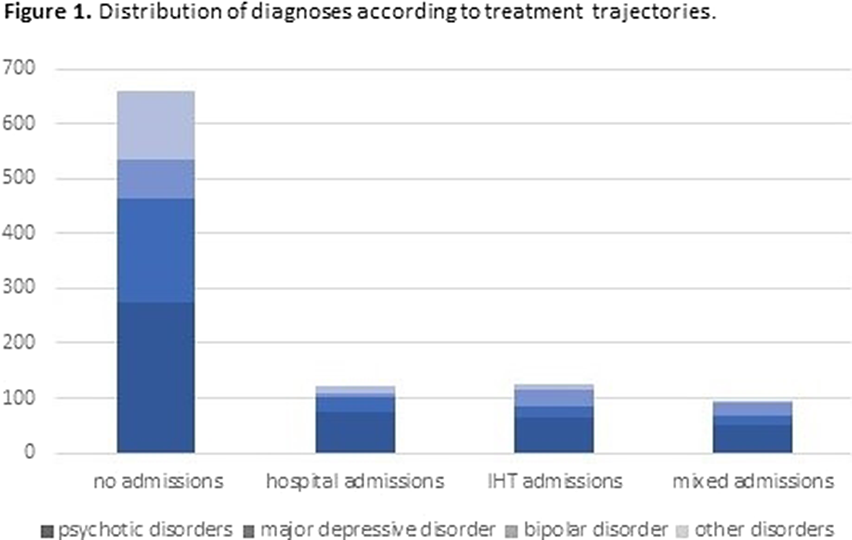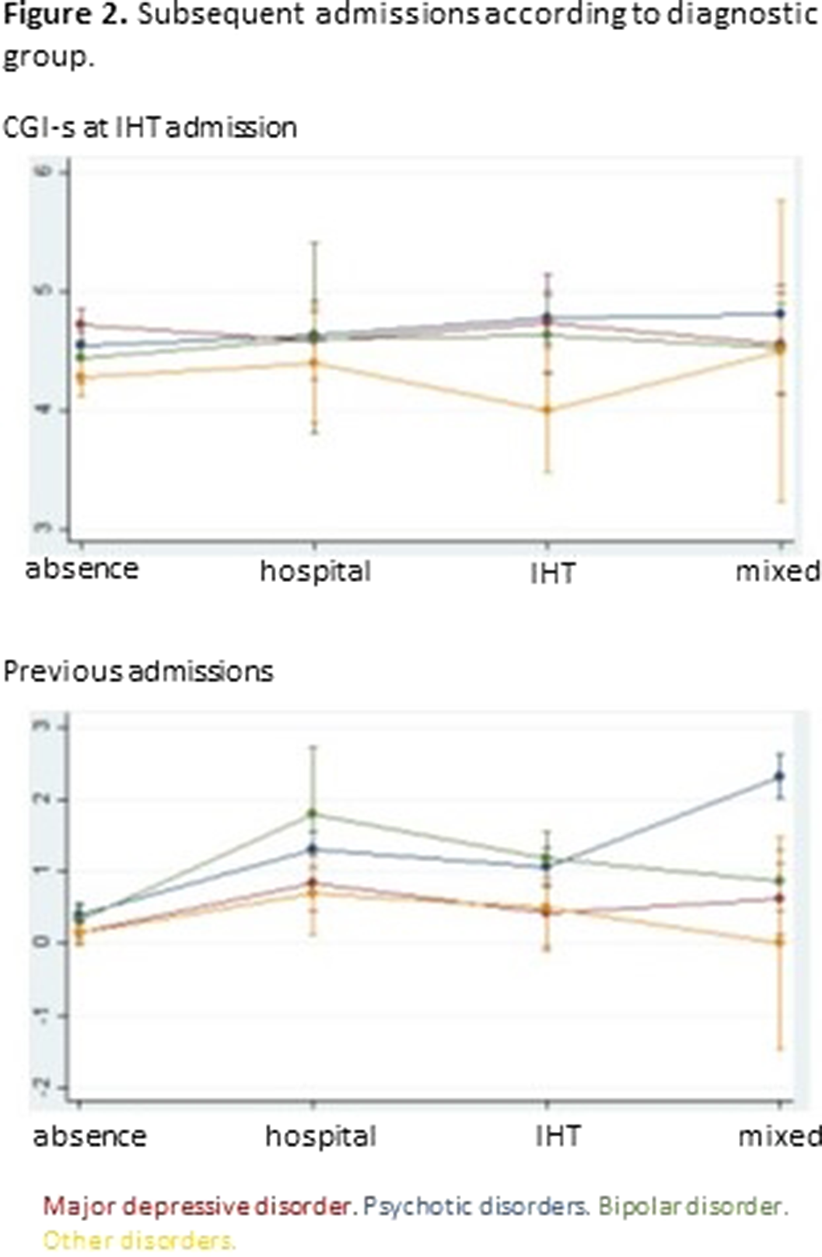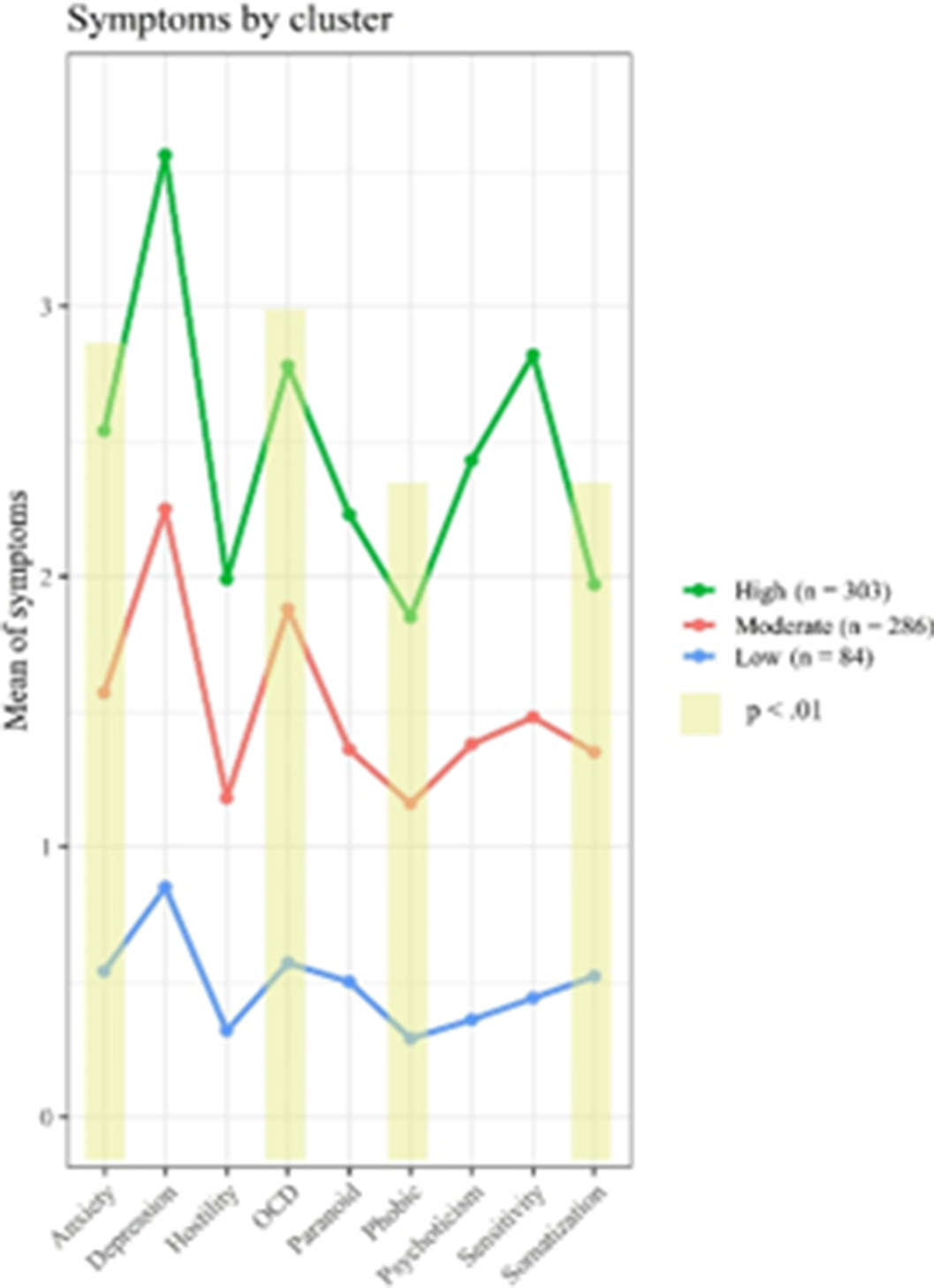259 results
Evaluating the effectiveness of a Mexican strain of Duddingtonia flagrans as a biological control agent against gastrointestinal nematodes in goat faeces
-
- Journal:
- Journal of Helminthology / Volume 79 / Issue 2 / June 2005
- Published online by Cambridge University Press:
- 12 April 2024, pp. 151-157
-
- Article
- Export citation
Incidence of mental health diagnoses during the COVID-19 pandemic: a multinational network study
-
- Journal:
- Epidemiology and Psychiatric Sciences / Volume 33 / 2024
- Published online by Cambridge University Press:
- 04 March 2024, e9
-
- Article
-
- You have access
- Open access
- HTML
- Export citation
High touch surface bioburden associated with the use of disinfectants with and without continuously active disinfection in ambulatory care settings
-
- Journal:
- Infection Control & Hospital Epidemiology , First View
- Published online by Cambridge University Press:
- 20 February 2024, pp. 1-3
-
- Article
-
- You have access
- Open access
- HTML
- Export citation
Night-time/daytime Protein S100B serum levels in paranoid schizophrenic patients
-
- Journal:
- European Psychiatry / Volume 66 / Issue S1 / March 2023
- Published online by Cambridge University Press:
- 19 July 2023, pp. S445-S446
-
- Article
-
- You have access
- Open access
- Export citation
Assessment of executive functions through a virtual reality task in euthymic patients with bipolar disorder and influence in psychosocial functioning
-
- Journal:
- European Psychiatry / Volume 66 / Issue S1 / March 2023
- Published online by Cambridge University Press:
- 19 July 2023, p. S700
-
- Article
-
- You have access
- Open access
- Export citation
Use of Caripracina in a case of manic episode with psychotic symptoms difficult to treat due to side effects with the use of psychotropic medication. A case report
-
- Journal:
- European Psychiatry / Volume 66 / Issue S1 / March 2023
- Published online by Cambridge University Press:
- 19 July 2023, pp. S708-S709
-
- Article
-
- You have access
- Open access
- Export citation
Does intensive home treatment change treatment trajectories of psychiatric disorders?
-
- Journal:
- European Psychiatry / Volume 66 / Issue S1 / March 2023
- Published online by Cambridge University Press:
- 19 July 2023, pp. S167-S168
-
- Article
-
- You have access
- Open access
- Export citation
Memory deficits in children and adolescents with psychotic disorders: A systematic review and meta-analysis
-
- Journal:
- European Psychiatry / Volume 66 / Issue S1 / March 2023
- Published online by Cambridge University Press:
- 19 July 2023, p. S332
-
- Article
-
- You have access
- Open access
- Export citation
Gastric bezoar in a patient hospitalized in an eating disorder unit. Case report
-
- Journal:
- European Psychiatry / Volume 66 / Issue S1 / March 2023
- Published online by Cambridge University Press:
- 19 July 2023, pp. S850-S851
-
- Article
-
- You have access
- Open access
- Export citation
Healthy mental higher education students’: Presentation of a project
-
- Journal:
- European Psychiatry / Volume 66 / Issue S1 / March 2023
- Published online by Cambridge University Press:
- 19 July 2023, pp. S985-S986
-
- Article
-
- You have access
- Open access
- Export citation
Antiandrogenic treatment of obsessive compulsive neurosis: A case review
-
- Journal:
- European Psychiatry / Volume 66 / Issue S1 / March 2023
- Published online by Cambridge University Press:
- 19 July 2023, p. S927
-
- Article
-
- You have access
- Open access
- Export citation
Comorbid Obsessive-Compulsive Symptoms in Schizophrenia - Diagnostic and Treatment Challenges
-
- Journal:
- European Psychiatry / Volume 66 / Issue S1 / March 2023
- Published online by Cambridge University Press:
- 19 July 2023, p. S1061
-
- Article
-
- You have access
- Open access
- Export citation
Catatonia in a case of major depression resistant to pharmacotherapy. A case report
-
- Journal:
- European Psychiatry / Volume 66 / Issue S1 / March 2023
- Published online by Cambridge University Press:
- 19 July 2023, p. S827
-
- Article
-
- You have access
- Open access
- Export citation
Psychiatric comorbidity profiles among suicidal attempters: A cohort study
-
- Journal:
- European Psychiatry / Volume 66 / Issue S1 / March 2023
- Published online by Cambridge University Press:
- 19 July 2023, pp. S318-S319
-
- Article
-
- You have access
- Open access
- Export citation
Possible psychotic episode after repeated ayahuasca intake: a case report
-
- Journal:
- European Psychiatry / Volume 66 / Issue S1 / March 2023
- Published online by Cambridge University Press:
- 19 July 2023, p. S753
-
- Article
-
- You have access
- Open access
- Export citation
Psychopathological symptoms as clinical phenotypes in suicide attempters: relation in terms of suicidal ideation, suicidal related behaviors and medical damage of the attempt
-
- Journal:
- European Psychiatry / Volume 66 / Issue S1 / March 2023
- Published online by Cambridge University Press:
- 19 July 2023, pp. S560-S561
-
- Article
-
- You have access
- Open access
- Export citation
Study of mentalizing ability in borderline personality disorder: relationship with impulsivity
-
- Journal:
- European Psychiatry / Volume 66 / Issue S1 / March 2023
- Published online by Cambridge University Press:
- 19 July 2023, p. S114
-
- Article
-
- You have access
- Open access
- Export citation
Assessment of Theory of Mind in Psychopathology: a Scoping Review
-
- Journal:
- European Psychiatry / Volume 66 / Issue S1 / March 2023
- Published online by Cambridge University Press:
- 19 July 2023, pp. S1001-S1002
-
- Article
-
- You have access
- Open access
- Export citation
Assessment of unconsciousness during carbon dioxide stunning in pigs
-
- Journal:
- Animal Welfare / Volume 17 / Issue 4 / November 2008
- Published online by Cambridge University Press:
- 11 January 2023, pp. 341-349
-
- Article
- Export citation
Stunning pigs with different gas mixtures: gas stability
-
- Journal:
- Animal Welfare / Volume 19 / Issue 3 / August 2010
- Published online by Cambridge University Press:
- 01 January 2023, pp. 315-323
-
- Article
- Export citation







